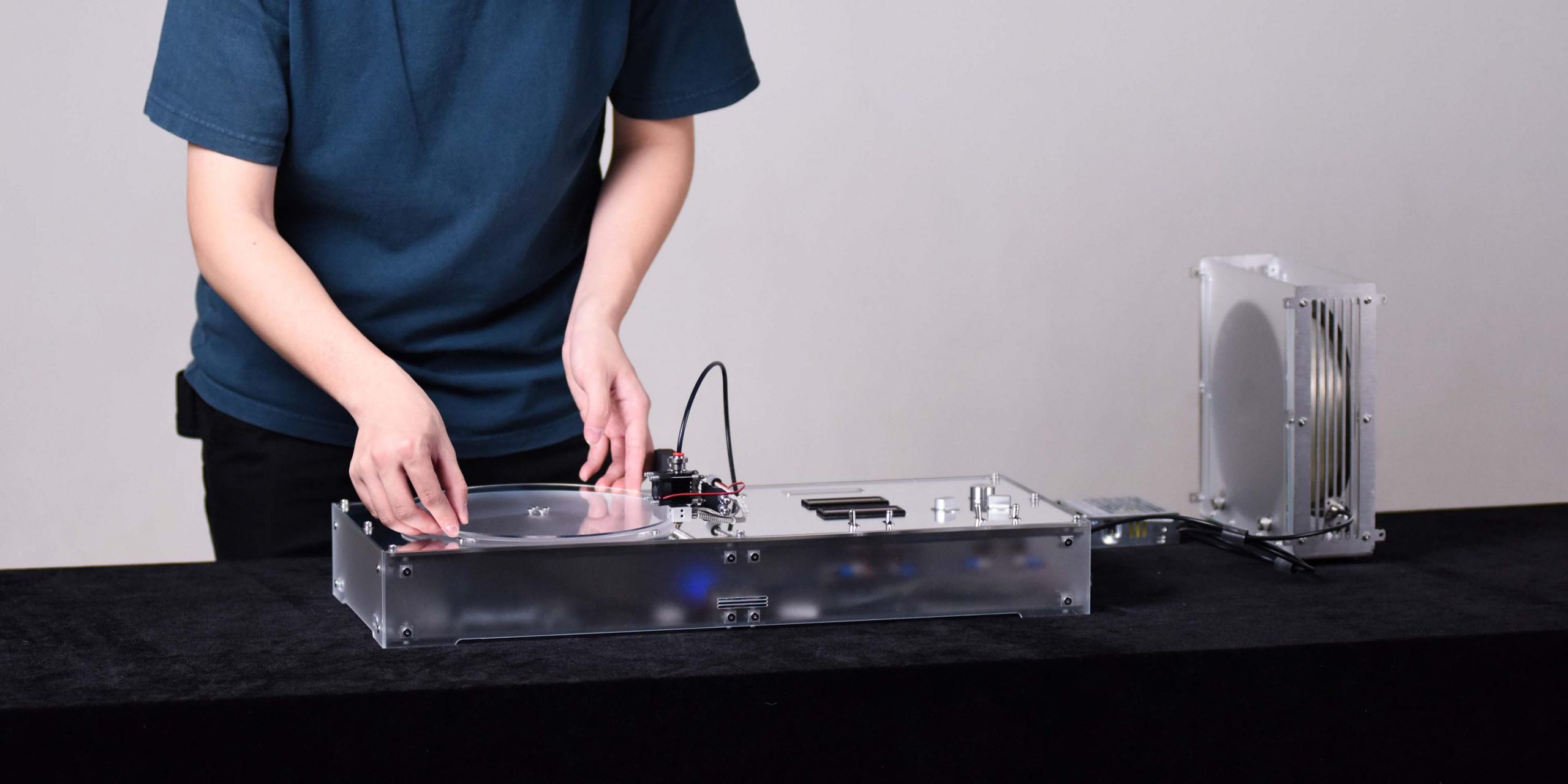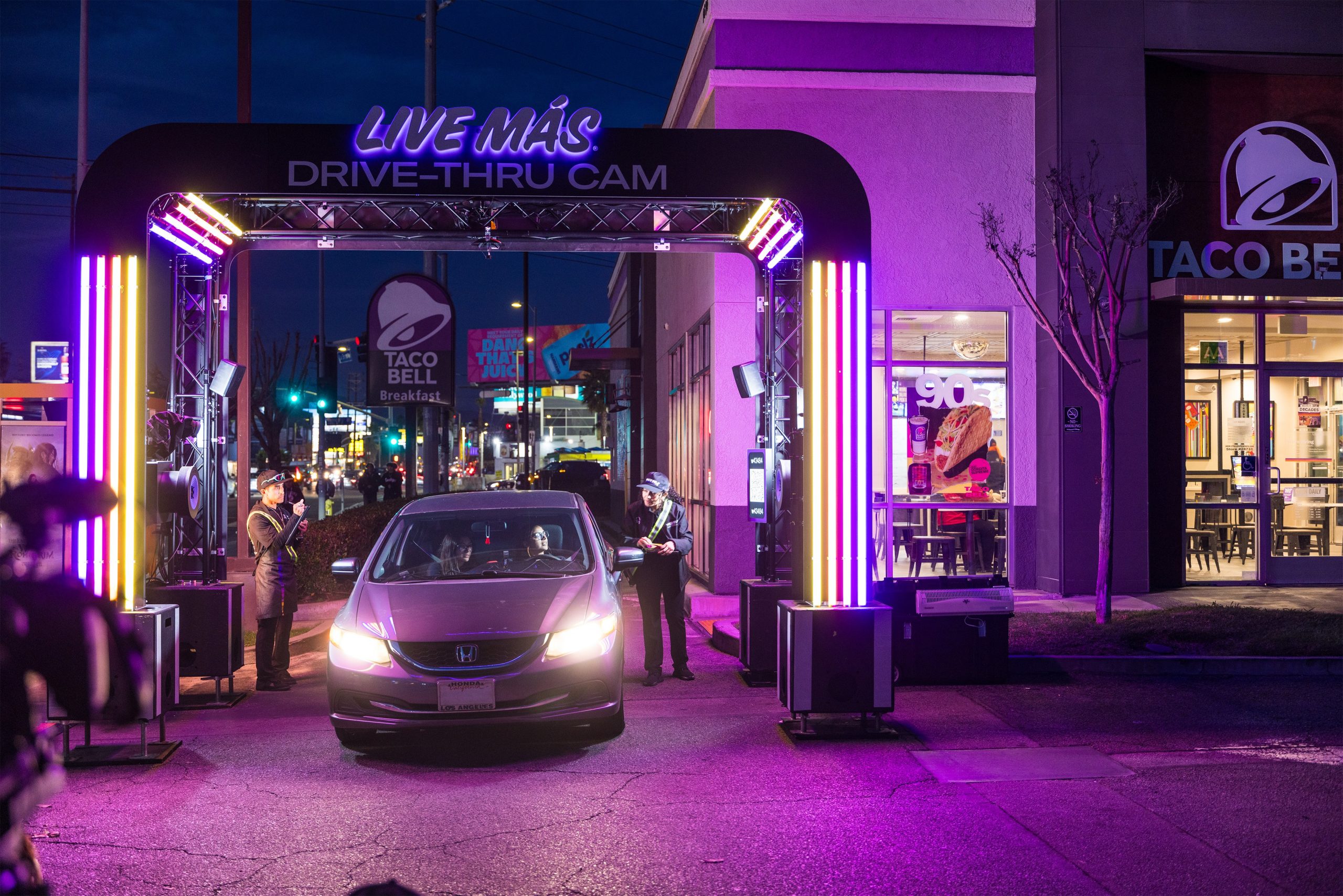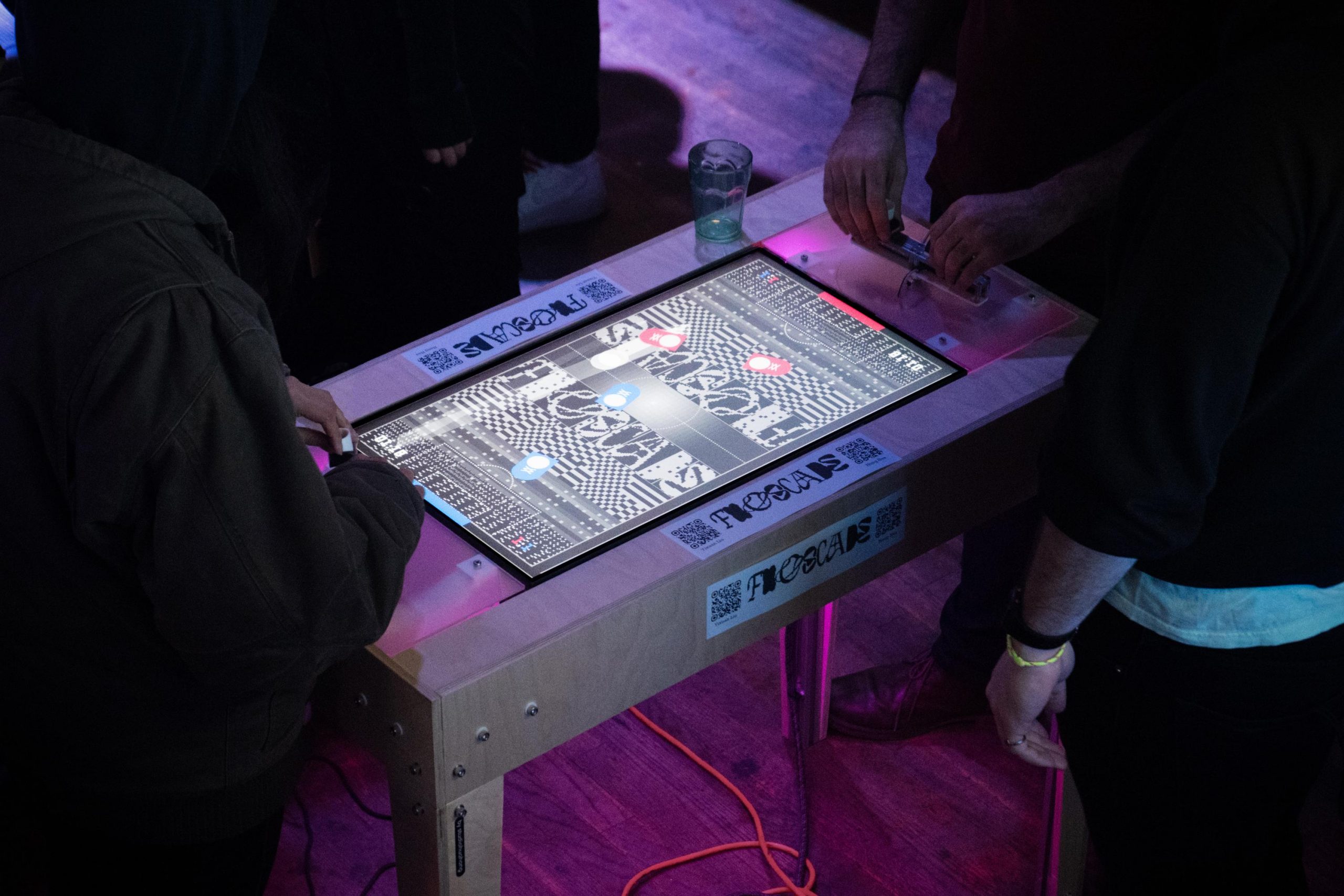Meet Hong Hua | Designer & Creative Technologist

We had the good fortune of connecting with Hong Hua and we’ve shared our conversation below.
Hi Hong, what matters most to you?
The value that matters most to me is “essence.” I interpret this concept from multiple perspectives. It can be a motivation to learn, a curiosity about the nature of things. For instance, during a recent flight, I noticed that the bolts on the airplane’s body looked unfamiliar. They resembled Phillips screws, but the four notches were off-center, forming like a pinwheel. I was intrigued, so I researched them and discovered they were torque-set fasteners, designed to prevent cam-out. Their precision and torque control make them ideal for aerospace applications.
In my profession of design, I apply the principle of essence by going beyond the surface of form and function. I would like to quote from Professor Liu Guanzhong: “Designing a chair is not about designing an object, but about the act of sitting.” If someone needs to sit in front of a computer for six hours, the essence of that need leads to an ergonomically designed Herman Miller’s chair. If the goal is to prompt a break from work, then Thomas Heatherwick’s Spun chair provides its playful form. Or even if the objective is to serve business metrics—say, maximizing user engagement for ad revenue—the essence may manifest in an infinite scrolling UI.
To me, this is a form of critical thinking—a principle that’s undervalued in today’s design industry. Too often, designers mindlessly chase trends or obey capital without questioning and imagining the future way of living. I use the idea of essence as a constant reminder in both my personal reflection and professional practice: to look deeper, think harder, and design with intention.

Can you open up a bit about your work and career? We’re big fans and we’d love for our community to learn more about your work.
My work is focusing on creating interactive experiences that combine hardware and software, and blend physical and digital. And what sets me apart is my holistic vision and integrated skill from design to deliver with my background in both industrial design and creative technology.
When I was studying industrial design, I found myself increasingly drawn to the technical aspects, such as parametric modeling and additive manufacturing. I became less satisfied with just talking about user research and designing only the appearances, but I wanted to create prototypes that could actually be used. I then pursued my Master’s degree in Design and Technology at Parsons School of Design, where I practiced creative coding as well as hardware development.
Perhaps because of my industrial design roots, I’ve come to realize that “product design” or “interaction design” is overly focused on digital screens nowaday, and people are forgetting the intuitive haptic feeling of touching a three-dimensional object with their hands. So I see huge potential in creating experiences that involve tangible interfaces.
One example is Fooscade, a digital foosball arcade game that features a custom controller combining twisting and sliding motions. I started this project from random experiments of combining controllers. I discovered an interesting pattern of adding a slider on a rotary controller which reminded us of playing soccer but with fingers. So I quickly put together a prototype, including connecting to the game engine, building a table that holds the controllers, collaborating with a visual artist, and taking the game to a local arcade bar for testing. People were intrigued with the novel controller, which also created a certain level of challenge to master it. After a few iterations, Fooscade was featured on GDC (Game Developer Conference) and Super Magfest, helping bring that unique arcade experience to a wider audience.
One of the biggest challenges I faced in my early career is how to position myself in this industry. I knew I was more than just an industrial designer, but I also didn’t want to focus solely on technical implementation. I have tried a developer job at a design agency, and even been a fabricator who made custom furniture for retail stores in Soho, New York. I am fortunate to land my current job at Deeplocal, a creative agency that values tangible interaction as a more valuable experience for customers. There, I’ve worked on projects like Taco Bell Live Más Drive-Thru Cam —a photo booth-style installation that captured over 3,000 real fans across five states to be featured in a Super Bowl commercial.
The biggest lesson I have learned is staying confident and Longtermism. Stay committed to your direction and specialize in that field, no matter how niche it is, and you’ll always stand out once you build up your portfolio. When you feel misfit, it’s a sign that you’re truly innovating.

Let’s say your best friend was visiting the area and you wanted to show them the best time ever. Where would you take them? Give us a little itinerary – say it was a week long trip, where would you eat, drink, visit, hang out, etc.
Although I lived in NYC for a longer period of time, I moved to Pittsburgh this past year for work, So i’m also on the journey of exploring this city. Pittsburgh may not be as vibrant as NYC, but its deep history as the “City of Steel” adds rich layers to its character.
The first thing I’d do is take my friend for a walk downtown, across the Three Sisters Bridges, to watch the Allegheny River slowly flow past the city. Along the way, we’d stop by museums like the Heinz History Center, where you can find where everyday ketchup comes from; The Andy Warhol Museum, which proves that NYC’s cultural vibrancy has roots here; and the Mattress Factory, a unique space showcasing immersive works by local contemporary artists.
I will also take my friend to walk/run/bike around the trail system around Pittsburgh, especially those secret spots that are not marked on the map. Navigate through abandoned railroads and giant metallurgical facilities, where you can still sense the city’s industrial past. It’s interesting how many roads in the center of the city were never completed and they still have their original dirt surfaces. You will be amazed that these roads are like portals to take you to areas that are isolated by the hills. Standing on the middle of hills, overlooking downtown, you will immerse into zen, while also reminding us as designers, how many opportunities are waiting to be developed.

Shoutout is all about shouting out others who you feel deserve additional recognition and exposure. Who would you like to shoutout?
Firstly, I would shoutout to the people I have collaborated with along the way. No project can be realized by a single person’s effort, it’s important to have diverse perspectives and skills to foster creativity. Among all these people, I would give special credit to Yii (Yixuan Liu), who has partnered with me as a visual designer on many of my recent works. Her craftsmanship brings not only aesthetics but also life to machines and software, and she continues to inspire me across different aspects of design.
I also highly recommend a filmmaker who has influenced me the most throughout my design career: Gary Hustwit. I was first introduced to his documentary Objectified, which was probably my initiation of industrial design. Years later, I got the chance to work at Smart Design, the first studio featured in that film. It felt like fulfilling a dream, though I know it’s only the beginning of what’s ahead. Gary’s design-related documentaries have set their own standard of quality. His latest production, Eno, has been on my list for a while. I’ll definitely find time to watch it.
Website: https://studiohuahong.com/
Instagram: https://www.instagram.com/studiohuahong/
Linkedin: https://www.linkedin.com/in/studiohuahong/



Image Credits
Taco Bell, Bitte collaborated at Deeplocal
